Space Time Gravitation
₹595.00
YU. Vladimirov | N Mitskievich | Category: Physics
Book Details
ISBN: 9789386221810
YOP: 2018
Pages: 220
Order also on
There is a wide variety of literature on the subjects of space, time and gravitation, or on general relativity, as Einstein put it (though Einstein’s terminology has recently been criticized). However, this book will still find its own place. This book will explain the basics of modern gravitation theory in very simple terms, so as to bring it home to a layman. Usually, a book like this is addressed to a reader with a minimum amount of training in physics and mathematics, and the text would contain few or no formulae. It included a considerable number of formulae but, none the less, it can be said to be for the general reader. Indeed, the notions of derivative and integral have long been taught at school, and the mathematics in this book does not go much beyond this level. Hence, this book should in fact be comprehensible to a reader. Although the book is comparatively small, the authors have been quite scrupulous in bringing to the reader’s attention the major points of the modern .theory of gravitation and many of these points have been ingeniously presented.
Chapter ONE- YESTERDAY The Evolution of the Space and Time as Concepts. The Main Steps Towards The General Theory of Relativity
1.1. Formation of the Notions of Relativity and the Universe
1.2. The Law of Universal Gravitation
1.3. From Euclid to Lobachevski
1.4. From Riemann to Einstein
1.5. The Special Relativity
1.6. The Creation of General Relativity (the Geometrization of Gravitational interaction)
1.7. Some Typical Features and Properties of General Relativity
Chapter TWO- TODAY A Review of the Basic Results of Modern Relativity Theory
2.1. The Principle of Equivalence and Gravitational Redshift
2.2. Schwarzschild’s Space-Time
2.3. Perihelion Advance and the Solution of Mercury’s “Abnormal” Precession
2.4. Deflection of Light by Gravitational Fields
2.5. Gravitational Lenses
2.6. Space-Time Around Rotating Bodies
2.7. Dragging in the Kerr Field
2.8. Reference Frames in the General Relativity
2.9. Study of the Universe as a Whole (Cosmology)
Chapter THREE- TOMORROW Modern Problems in The Theory of Gravitation. The Prospects for the Study of Space and Time
3.1. Gravitational Waves
3.2. Black Roles and Relativistic Astrophysics
3.3. Generalizations of Einstein’s Gravitation Theory
3.4. Gravitation and Quantum Physics
3.5. Dimensionality of Physical Space-Time
There is a wide variety of literature on the subjects of space, time and gravitation, or on general relativity, as Einstein put it (though Einstein’s terminology has recently been criticized). However, this book will still find its own place. This book will explain the basics of modern gravitation theory in very simple terms, so as to bring it home to a layman. Usually, a book like this is addressed to a reader with a minimum amount of training in physics and mathematics, and the text would contain few or no formulae. It included a considerable number of formulae but, none the less, it can be said to be for the general reader. Indeed, the notions of derivative and integral have long been taught at school, and the mathematics in this book does not go much beyond this level. Hence, this book should in fact be comprehensible to a reader. Although the book is comparatively small, the authors have been quite scrupulous in bringing to the reader’s attention the major points of the modern .theory of gravitation and many of these points have been ingeniously presented.
Chapter ONE- YESTERDAY The Evolution of the Space and Time as Concepts. The Main Steps Towards The General Theory of Relativity
1.1. Formation of the Notions of Relativity and the Universe
1.2. The Law of Universal Gravitation
1.3. From Euclid to Lobachevski
1.4. From Riemann to Einstein
1.5. The Special Relativity
1.6. The Creation of General Relativity (the Geometrization of Gravitational interaction)
1.7. Some Typical Features and Properties of General Relativity
Chapter TWO- TODAY A Review of the Basic Results of Modern Relativity Theory
2.1. The Principle of Equivalence and Gravitational Redshift
2.2. Schwarzschild’s Space-Time
2.3. Perihelion Advance and the Solution of Mercury’s “Abnormal” Precession
2.4. Deflection of Light by Gravitational Fields
2.5. Gravitational Lenses
2.6. Space-Time Around Rotating Bodies
2.7. Dragging in the Kerr Field
2.8. Reference Frames in the General Relativity
2.9. Study of the Universe as a Whole (Cosmology)
Chapter THREE- TOMORROW Modern Problems in The Theory of Gravitation. The Prospects for the Study of Space and Time
3.1. Gravitational Waves
3.2. Black Roles and Relativistic Astrophysics
3.3. Generalizations of Einstein’s Gravitation Theory
3.4. Gravitation and Quantum Physics
3.5. Dimensionality of Physical Space-Time
| Weight | 0.279 kg |
|---|---|
| Dimensions | 21.5 × 14 × 1.2 cm |
| yop |
2018 |
| subject-category |
Physics |
| isbn |
9789386221810 |
| binding |
Hardback ,Paperback |

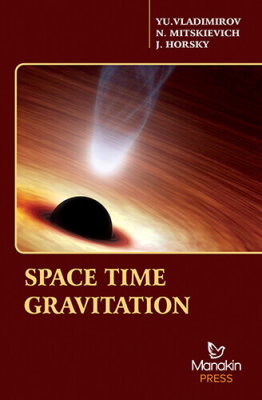


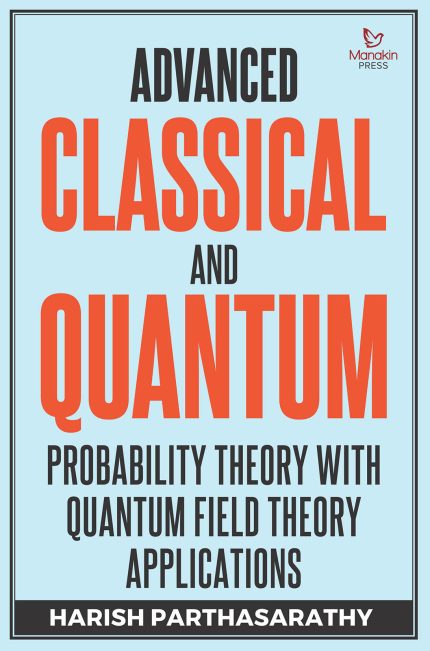
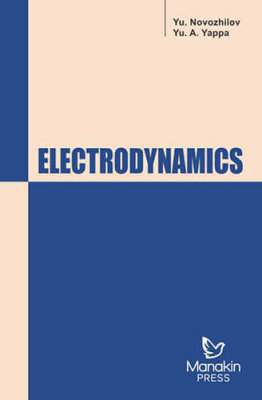

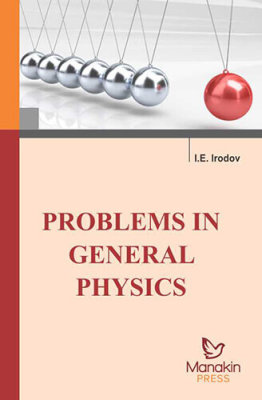
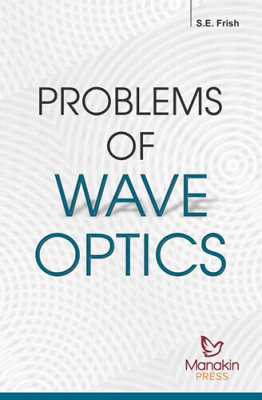
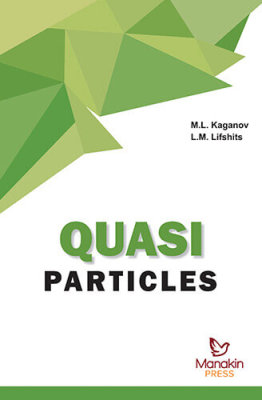

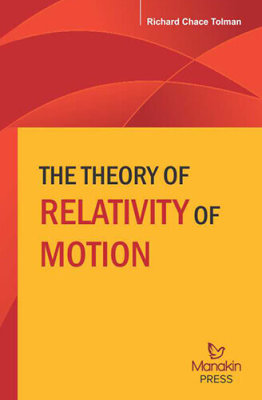
Reviews
There are no reviews yet.